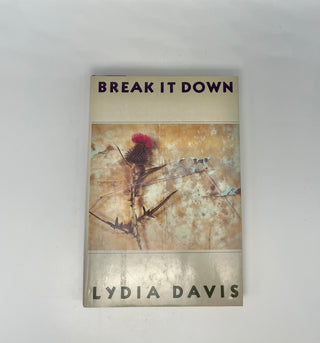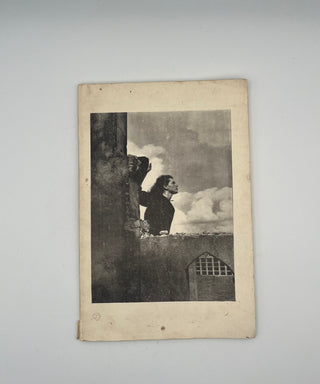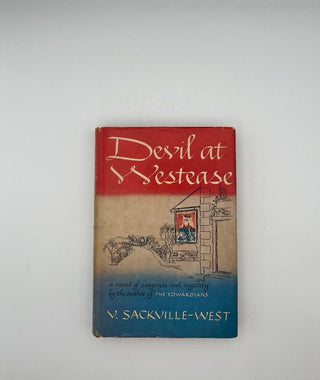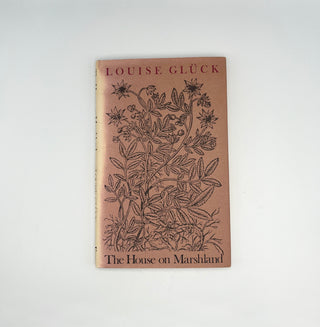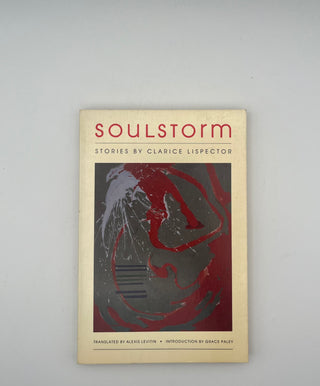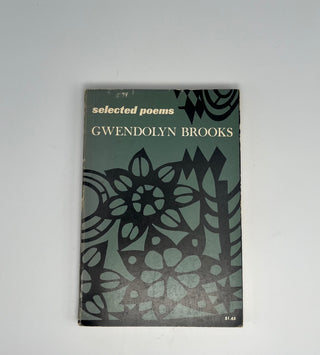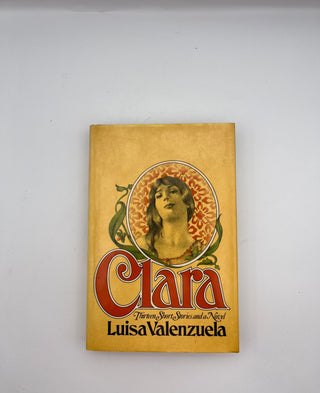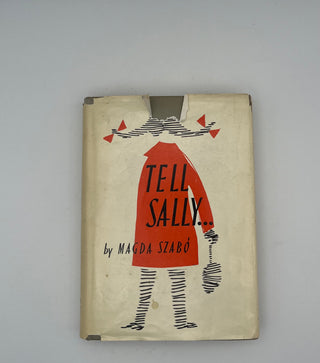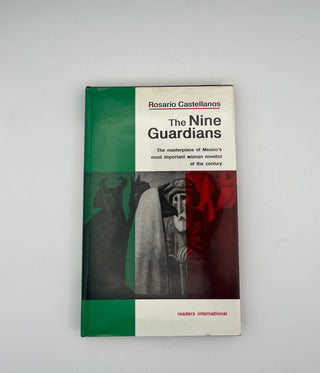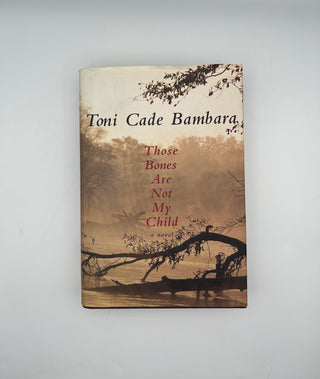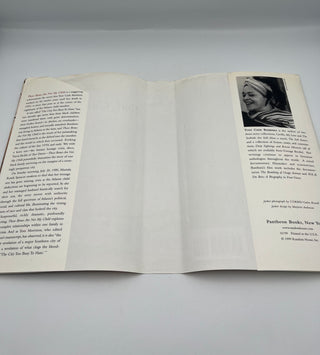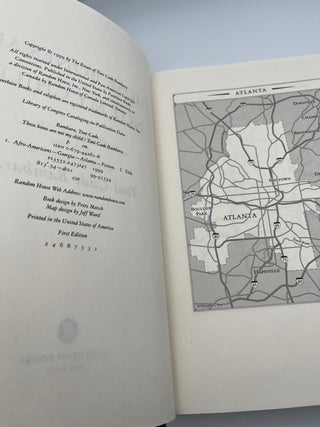Those Bones Are Not My Child by Toni Cade Bambara
Those Bones Are Not My Child by Toni Cade Bambara. 1999 Pantheon Books, first edition, 676 pages. Bambara was a contemporary of Toni Morrison and Alice Walker, ushering in black women's literature in the seventies. She died too young of cancer, but left behind an impressive oeuvre of story collections, a novel, and documentary film. According to her NYT obituary: "What critics found most striking about Ms. Bambara's fiction, though, were the structure and language she used. Rather than using traditional linear plots, she would often use flashbacks, stream of consciousness and interweavings of plot and subplot to tell a story. She would frequently weave black dialects into her prose, creating a unique, complex language that was widely admired by critics." Bones was published posthumously. According to a review in the New York Times: "'[...]"Those Bones Are Not My Child'' moves with an almost monomaniacal intensity along a strictly chronological track, the main narrative progressing in a series of dated sections from July 20, 1980, to July 11, 1982. The setting is Atlanta during the period when more than 40 black children were abducted and murdered. Between these dates unfolds a drama that is at once harrowingly private and revealingly public at every level."
Condition: VG-, clipped jacket, remainder mark
"A few months ago, everyone went about wary tense, their shoulders hiked to their ears in order to fend off grisly news of slaughter."
Those Bones Are Not My Child by Toni Cade Bambara. 1999 Pantheon Books, first edition, 676 pages. Bambara was a contemporary of Toni Morrison and Alice Walker, ushering in black women's literature in the seventies. She died too young of cancer, but left behind an impressive oeuvre of story collections, a novel, and documentary film. According to her NYT obituary: "What critics found most striking about Ms. Bambara's fiction, though, were the structure and language she used. Rather than using traditional linear plots, she would often use flashbacks, stream of consciousness and interweavings of plot and subplot to tell a story. She would frequently weave black dialects into her prose, creating a unique, complex language that was widely admired by critics." Bones was published posthumously. According to a review in the New York Times: "'[...]"Those Bones Are Not My Child'' moves with an almost monomaniacal intensity along a strictly chronological track, the main narrative progressing in a series of dated sections from July 20, 1980, to July 11, 1982. The setting is Atlanta during the period when more than 40 black children were abducted and murdered. Between these dates unfolds a drama that is at once harrowingly private and revealingly public at every level."
Condition: VG-, clipped jacket, remainder mark
"A few months ago, everyone went about wary tense, their shoulders hiked to their ears in order to fend off grisly news of slaughter."

